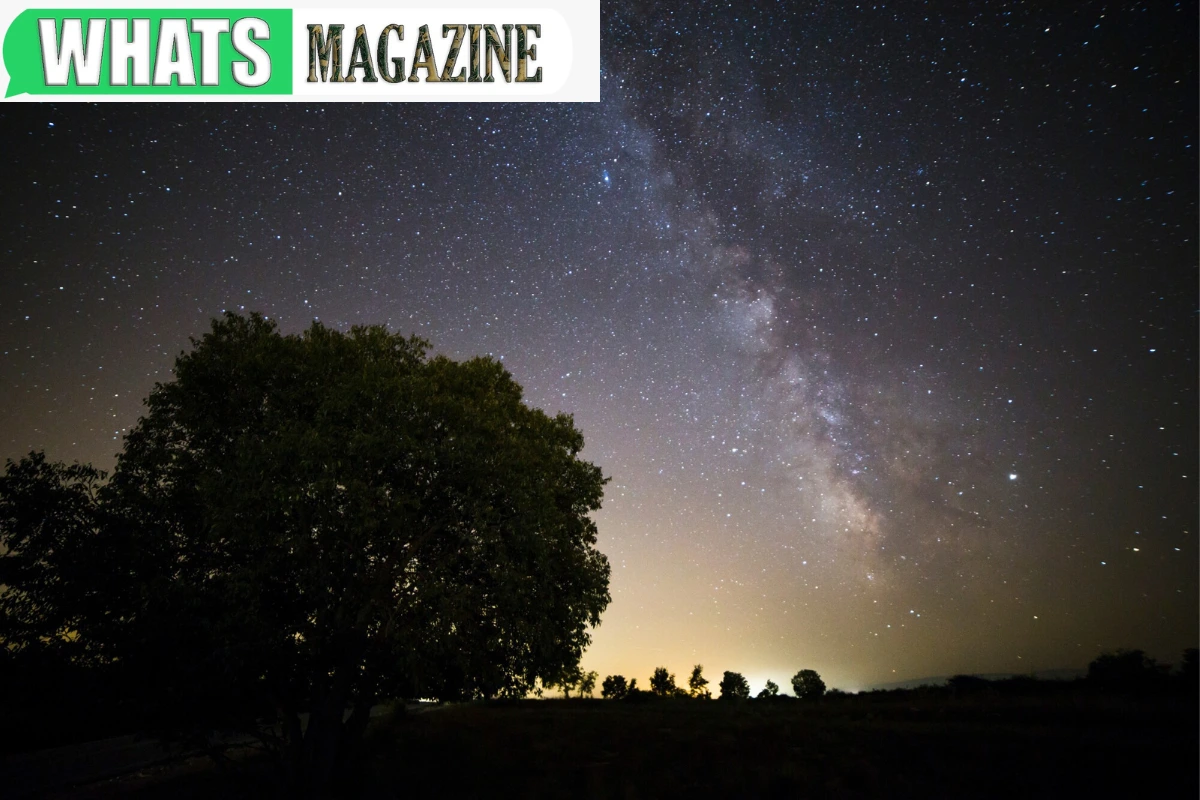Are you interested in astrophotography?
Before you get started setting up all of your equipment, you need to know what you’re doing. Otherwise, you’ll waste all of that time and money.
That’s why we made this article. Here, we’ll give you astrophotography setup tips to help you learn how to photograph the night sky. That way, you can become a better astrophotographer.
Whenever you’re ready to get started, just keep reading.
In this article
1. Switch to Manual
As a beginner astrophotographer, one of the best pieces of advice is to switch to a manual and become more familiar with how to adjust your camera settings. By using manual mode, you gain more control over your exposure by having control over your aperture, shutter speed, and ISO.
With these settings, you are able to adjust how bright or dark your image will be. Another benefit of manual mode is that you can change your settings without triggering a long shutter delay like you would in automatic mode.
With manual mode, you have the freedom to quickly adjust your sharpness and depth of field to capture a stunning nightscape with accurate color representation and clarity. Practice adjusting your settings in manual mode, and once you feel comfortable you will be ready to capture amazing photos of the night sky.
2. Pick a Good Location
When it comes to picking a location for astrophotography nightscapes, it’s important to choose a spot that will give you a good view of the night sky, away from light pollution and any obstructions. Avoid locations that have any nearby street or residential lighting; these can cause glare and undesirable reflections.
If you’re looking for an ideal spot, head out to a field away from any built-up areas and take a 360-degree view of the night sky – make sure there are no mountains, buildings, or trees that could obstruct your view.
It’s best to do your research before you head out – look at star charts, check the moon’s rise and set times, and anticipate any occasions when cloudy weather may be a factor.
3. Check Your Camera’s Exposure
When it comes to astrophotography, checking your camera’s exposure is a critical tip for a stunning nightscape. To properly expose a nightscape, it is necessary to set your camera’s shutter speed, ISO, and aperture level correctly.
Pay close attention to each of these settings, as they can greatly affect the results of your nightscape. If the settings are too low, your image will be underexposed, while too-high settings result in an overexposed photo.
You should also check your camera’s white balance and ensure it is set to a nighttime setting. A correctly exposed nightscape should provide great detail and have stars clearly visible. With the best setting for astrophotography, you’ll be producing beautiful photographs of the night sky in no time.
4. Check Your ISO
A high ISO can work wonders for low light conditions, but it should be used in moderation. If your ISO is too high, it can increase noise levels and introduce unwanted grainy textures into your images. The higher the ISO, the more digital noise you’ll capture, so it’s important to find the right balance.
One way to do this is to start by setting your ISO to a lower number and slowly raising it until the desired light levels are achieved. As always, a good general rule of thumb is to use the lowest ISO setting possible to obtain the maximum quality. Taking the time to properly set and adjust your ISO can go a long way toward creating stunning nightscapes.
5. Watch Out for Noise
Noise is an issue during long exposures and can be difficult to remove in post-processing. It is caused by electronic components generating random electrical signals which result in discoloration in the image such as dark pixels. To reduce noise, making sure your camera is at a safe temperature is crucial.
This includes avoiding extreme temperatures by not leaving it in a cold or hot environment for too long. When shooting, always use an ISO of 400 or lower to avoid introducing too much noise to the image.
Also, use the lowest level of noise reduction and ensure to take multiple shots instead of increasing ISO and shooting just one long exposure. Keeping these tips in mind can help you create stunning nightscapes without unwanted noise.
6. Pick a Suitable Lens
When it comes to astrophotography for beginners, picking a suitable lens is essential for stunning nightscapes. Ensure that the lens you choose has a wide-angle option that will be able to fit in the stars and other celestial bodies that you are trying to capture.
Consider lenses with f/2.8 or wider aperture that let in more light, allowing for a faster shutter speed which is essential for capturing nightscapes. Choose lenses with a wide field of view that will allow you to capture the entire night sky. Lenses with a short focal length such as 14mm are perfect for this task.
If you’re looking for photos of the moon or a particular constellation, look for lenses with a longer focal length such as 400mm. Finally, remember to choose a lens that has a good quality build and image quality like those from White Star Outdoors as it will determine the results of your astrophotography.
7. Control Your Aperture (F-Number)
A crucial factor to success is to control the aperture f-number. This refers to the diameter of the lens opening, as well as the ratio between the focal length and the diameter of the lens. A lower f-number will create a wider aperture, allowing more light to pass through.
Too high of a f-number will reduce the amount of light passing through the lens, resulting in an overexposed image. A good tip is to pre-determine your f-number depending on the amount of light available for the scene you wish to capture.
When shooting nightscapes, timing is a crucial factor, so it is important to be prepared and decide your aperture beforehand for optimal results. With the right aperture and shutter speed, you can create mesmerizing images.
All About Astrophotography Setup
In conclusion, astrophotography setup is an accessible and rewarding means of capturing stunning nightscapes. While the gear and techniques may seem daunting, in reality, anyone with the necessary equipment can get started on the path to incredible images.
So don’t hesitate, to try out these tips and start photographing the beauty of night skies!
If you have any desire to investigate the best points, we take care of you. Look at a portion of our different websites today!








